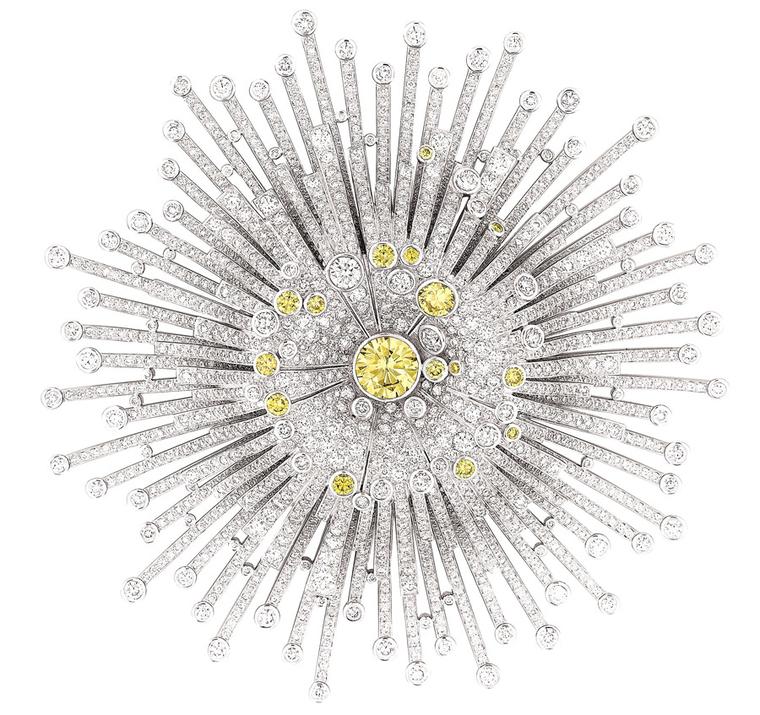30 January 2013
Fortunately for Chanel, an old Pathé newsreel has come to light covering the short-lived 1932 Bijoux de Diamants exhibition. The flickering black-and-white footage, with carefully scripted commentary in French, shows just how respected Mademoiselle Chanel was. Her exhibition of highly precious diamond jewels in a time when world economies were reeling from the Great Crash of 1930 caught the public's imagination. How could she be so audacious in such hard times?
There is the genius of Chanel, who, undaunted by hugely valuable diamonds, played with them with the ease she employed in her couture creations. 'Chanel brings diamonds back into vogue by marrying art and apparent casualness,' says the commentator, who is keen to point out that the wax mannequins wearing the jewels have real hair, untortured by perms. It is also clear that the world is in awe of Mademoiselle Chanel, who plays so lightly with such hefty carats. 'Only a woman can scatter precious stones so gracefully through the hair, with jewels cascading like gossamer ribbon,' remarks the commentator.
The footage shows us how Chanel draped diamonds across the forehead of the pretty wax mannequins and created rings that magically appear to float above the hand. An open necklace in the shape of a comet caresses the body. Watching the film - this glimpse into the past - enlightens the viewer to the fact that, in Gabrielle Chanel's hands, diamonds became flattering and beautiful, not cold status symbols or denominators of class. As if in defiance of her humble origins, Chanel took the ultimate symbol of wealth and made it her own.
-
From the new collection inspired by the 1932 exhibition, Chanel 'Etoile Filante' head jewel in 18ct white gold, set with a 1.0ct brilliant-cut diamond, 164 brilliant-cut diamonds totalling 11.7ct, 54 baguette-cut diamonds totalling 3.2ct, 22 princess-cut diamonds totalling 0.9ct and 40 fancy-cut diamonds with a total weight of 0.9ct.




















